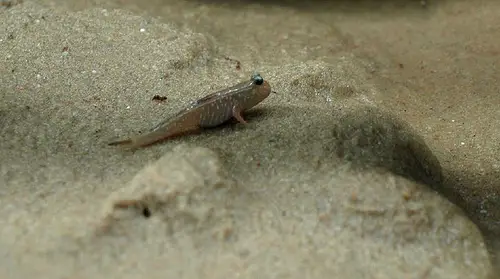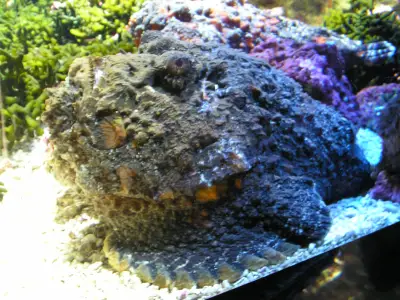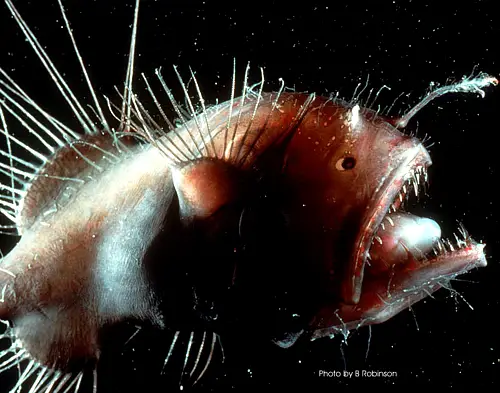Goby
Forming the Gobiidae family, gobies are one of the largest fish families with more than 2,000 species in 200 genera. Despite its massive family size, they are actually rather small in size as most are less than 10 cm long. Some goby members also are the smallest vertebrates in the world, such as the Pandaka and Trimmaton genera which are about 1 cm long when they are fully grown. Large gobies can reach up to 30 cm long such as Gobioides or Periophthalmodon genera but that is actually quite an exception.
The goby is important for humans. This is because they are significant prey for commercially important species such as flatfish, sea bass, haddock, and cod. Some of these gobies are also kept as aquarium fish, such as bumblebee gobies.
Although the goby comes in different forms, they do have similar distinctive characteristics. These include fused pelvic fins which form a disc-shaped sucker. This sucker is used to suck on to things such as rocks, coral, and aquariums. Keepers of captive gobies will often see their pets happily sticking themselves to the glass walls of the aquarium.
Gobies are usually found in shallow marine habitats. These include coral reefs, tidal pools, and seagrass meadows. They are also found in estuarine and brackish water habitats, such as mangrove swamps, salt marshes, and the lower reaches of rivers. Some gobies are also fully adapted to freshwater environments such as the Australian desert goby, Asian river goby, and the European freshwater goby. Most of these gobies will feed on small invertebrates, but some of the larger goby species do eat fish, while others eat planktic algae.
A famous member of the goby family is the mudskipper. These are highly specialised creatures, which can survive for long periods on land through some physiological and behavioural adaptations. These include having pectoral fins that act like legs, the ability to breathe through their skin like frogs, and the ability to dig a damp burrow so they do not dry out. Mudskippers live in tidal areas, especially in mangrove forests and mudflats. They are only found in tropical and sub-tropical areas.
In order to reproduce, gobies attach their egg to a rock surface, coral, or other vegetation. They can lay between 5 to several hundred eggs, but this depends on the species. After the eggs have been fertilised, the male will guard them from any predators. The eggs hatch after a few days, and their larvae are born but are transparent. They only form colours after they disperse to find a suitable habitat.
Gobies will reach adulthood in warm waters in just a few months. Those living in cool environments will only reach adulthood in a few years. The lifespan of gobies depend on the species, but it can range from 1 year to 10 years. Gobies that live in temperate environments do live longer though.




